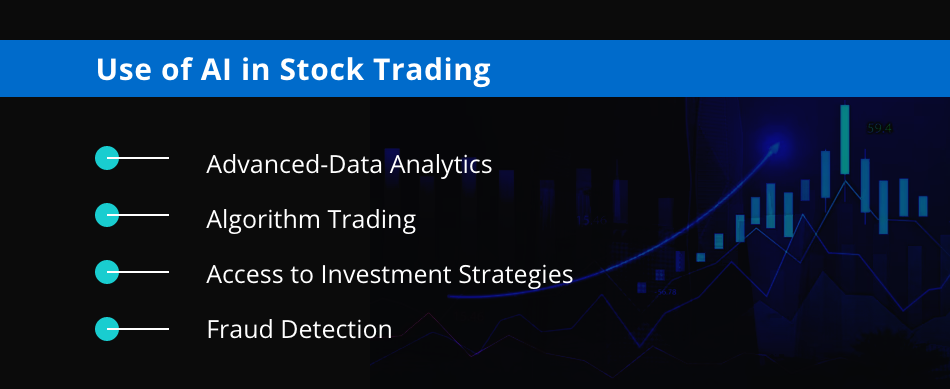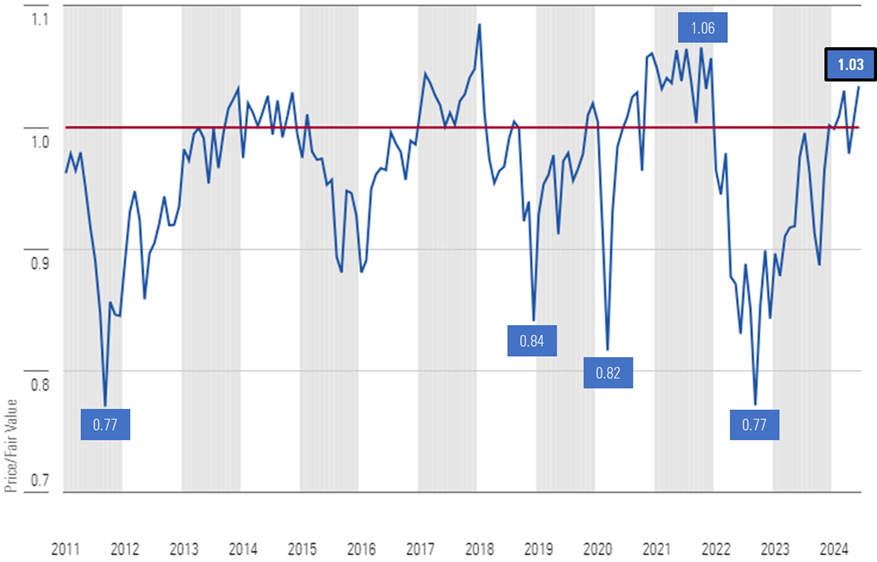20 Recommended Suggestions On Picking AI Stock Investing Analysis Sites
20 Recommended Suggestions On Picking AI Stock Investing Analysis Sites
Blog Article
Top 10 Tips For Assessing The Integration Of Ai Stock Predicting Trading Platforms
AI stock trading platforms that predict and analyze stocks based on AI must have compatibility with each other. A platform that integrates seamlessly into your existing tools and workflows will increase efficiency and productivity. Here are 10 suggestions to help you assess the compatibility and integration of these platforms.
1. Check Brokerage Integration
Ensure that your platform integrates seamlessly with the trading or brokerage service you would like to use.
Trade execution: Ensure that the platform offers direct execution of trades through the broker integrated.
Account synchronization: Check to see if your platform is capable of syncing account balances, transactions, and positions in real-time.
2. Examine the availability of APIs
API access - Make sure that the platform comes with an API to allow developers to develop customized tools or automate workflow processes.
API documentation: Make sure the API is well documented with examples and use-cases.
Rate limits: Check whether the API has reasonable rate limits and can handle your expected usage volume.
3. Examine the Third-Party Tool Integration
Popular tools: Check if the platform is compatible with programs such as Excel or Google Sheets.
Data export/import - Ensure that the platform supports easy data export/import to/from other tools.
Extensions/Plugins: Make sure that the platform works with extensions or plugins for additional features.
4. Test Compatibility using Operating Systems
Desktop compatibility. Make sure your preferred operating system (Windows, macOS, Linux) is supported.
Mobile compatibility Check if the platform offers apps that works with iOS or Android.
Access via the internet (for additional flexibility): Verify that the platform is accessible via the web browser.
5. Analyze Data Integration Capabilities
Data sources. Make sure the platform supports several data integrations (e.g. data providers for market, social media sentiment, news feeds).
Real-time data streams: Verify that the platform has the ability to incorporate live data streams to provide the most up-to-date analysis.
Verify the platform's capability to import old data.
6. Evaluation of cloud and on-premise compatibility
Cloud-based platforms: Ensure that the platform can be accessed from any place with an internet connection.
Solutions on-premise. If you're interested in on-premise deployments, check if your platform allows it.
Look into the hybrid model. It blends on-premise with cloud capabilities.
7. Check for Cross Platform Syncronization
Device synchronization - Make sure that your platform is synchronized to sync settings and data across all devices (desktops and mobiles).
Verify whether changes made on a device are instantly reflected on another.
Offline Access: Make sure to see if there are any limitations on the platform's functionality or data access when it is offline.
8. Examine the compatibility of trading Strategies
Algorithmic trading - Make sure that the trading platform you select supports automated or algorithms trading strategies.
Custom indicators. Find out if the platform permits you to utilize technical indicators or scripts.
Strategy backtesting: Determine if the platform supports backtesting trading strategies with historical data.
9. Examine Security and Compliance
Data encryption: Ensure the platform has encryption in place for information in transit as well as at rest.
Verify that the platform has secure authentication methods for example, two-factor authentication.
Regulative Compliance: Determine if your platform complies with relevant regulations.
10. Test Scalability and Performance
Scalability - Ensure that the platform you choose can accommodate your increasing requirements in terms of data and data.
Performance during load: Check whether the platform performs well in volatile markets.
Utilization of resources: Determine whether the system is efficient in using system resources (CPU memory, bandwidth, CPU).
Bonus Tips
Feedback from users: Read user testimonials and reviews to evaluate the platform's capacity to integrate.
Free Trial: Try the integration of the platform into existing workflows and tools by using trial or demo.
Customer support: Check that the platform provides a solid support in case of integration problems.
You can test the integration, compatibility, and efficiency of AI trading platforms for stocks by following these guidelines. Read the best our site on ai chart analysis for website examples including ai investment app, ai for investing, ai investment app, ai stock, ai investing, chatgpt copyright, ai trade, best ai trading software, ai trading, ai investing app and more.
Top 10 Ways To Analyze The Updates And Maintenance Of Ai Stock Trading Platforms
To ensure that AI-driven platform for stock trading and prediction remain secure and efficient They must be maintained and updated regularly. Here are 10 top suggestions for evaluating their updating and maintenance methods.
1. Updates will be made frequently
Tips: Find out how often your platform updates (e.g. quarterly, monthly or weekly).
The reason: A regular update shows the active development of market trends and the responsiveness to market developments.
2. Transparency of Release Notes
Check out the release notes for your platform in order to find out what improvements and modifications have been implemented.
Transparent release notes show the platform’s commitment to continuous advancements.
3. AI Model Retraining Schedule
Tip: Find out how often AI models are retrained by using fresh data.
Why: Markets evolve, and models must adapt to ensure accuracy and relevance.
4. Bug fixes, Issue resolution
Tip: Determine how quickly the platform responds to issues or bugs that users submit.
What's the reason? The platform will be reliable and functional if bug corrections are implemented promptly.
5. Security Updates
Tips: Make sure that the platform has updated its security protocols frequently to protect data of users and trading activities.
The reason: Cybersecurity on financial platforms is vital to stop fraud and security breaches.
6. Integration of New Features
Tip: See whether there are any new features that are being introduced by the platform (e.g. advanced analytics, data sources, etc.) in response to user feedback or market trends.
The reason: New features show the ability to adapt and be responsive to user needs.
7. Backward Compatibility
Tips: Ensure that the upgrades you install don't require a major reconfiguration or interfere with current functionality.
What is the reason? Backward compatibility guarantees users have a smooth experience when they transitions.
8. Communication between Maintenance and the User Personnel
Learn how your platform alerts users about scheduled maintenance or downtime.
The reason: A clear and concise communication can minimize interruptions and build confidence.
9. Performance Monitoring and Optimization
Tips: Ensure that your platform is monitoring and optimizing performance metrics of the system (e.g. latency, accuracy).
Why: Ongoing platform optimization ensures it remains efficient and scaleable.
10. Conformity to Regulatory Changes
Tip: Assess whether the platform updates its policies and features to ensure that they are in line with the new rules on financial regulation or data privacy laws.
Reasons: Regulatory compliance is vital to minimize legal risks and preserve confidence in the user.
Bonus Tip - User Feedback Integration
Check if the platform actively integrates feedback from users into its maintenance and updates. This is a sign of a user-centric approach, and a desire for improvement.
When you look at these factors by evaluating these aspects, you can be sure that the AI trade prediction and stock trading platform you choose to use is well-maintained, up-to-date, and able to adapt to market dynamics that change. Read the most popular best ai for stock trading recommendations for website info including how to use ai for stock trading, best stock prediction website, best stock prediction website, how to use ai for copyright trading, can ai predict stock market, ai tools for trading, how to use ai for copyright trading, ai options, best stock prediction website, ai copyright signals and more.